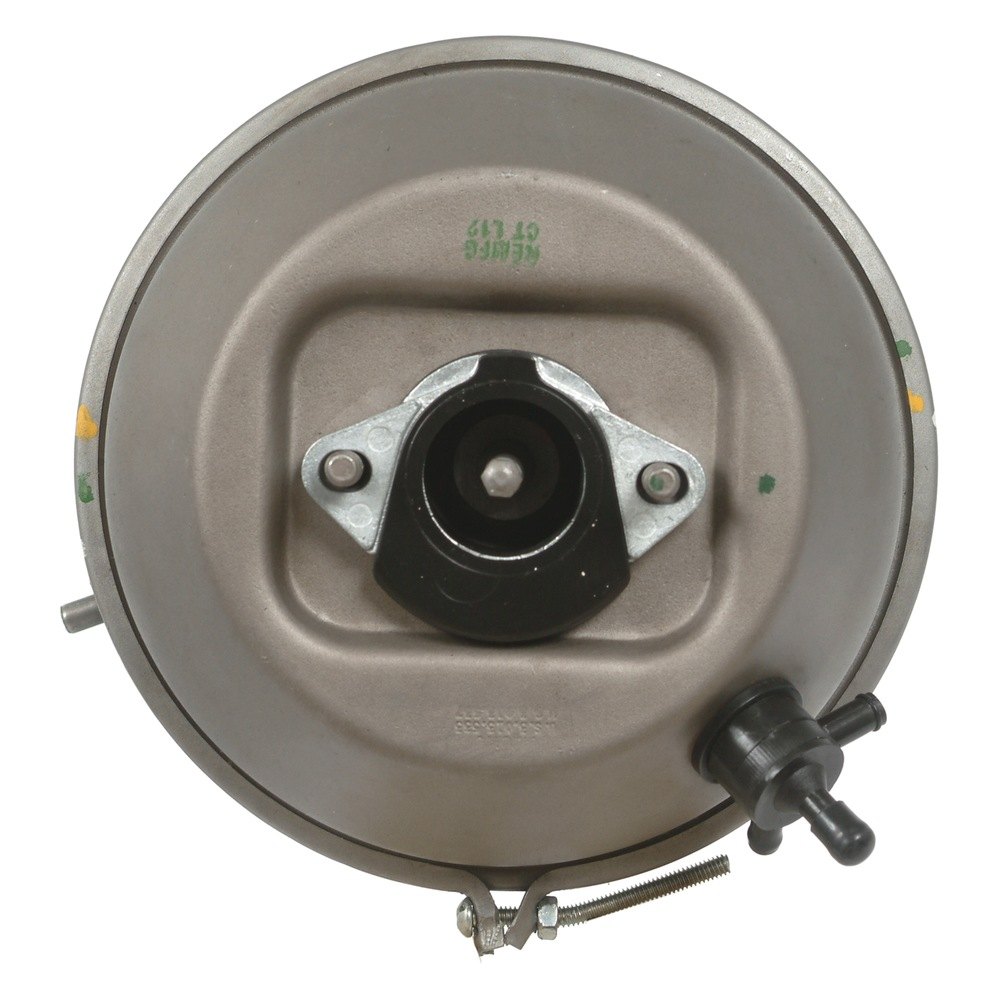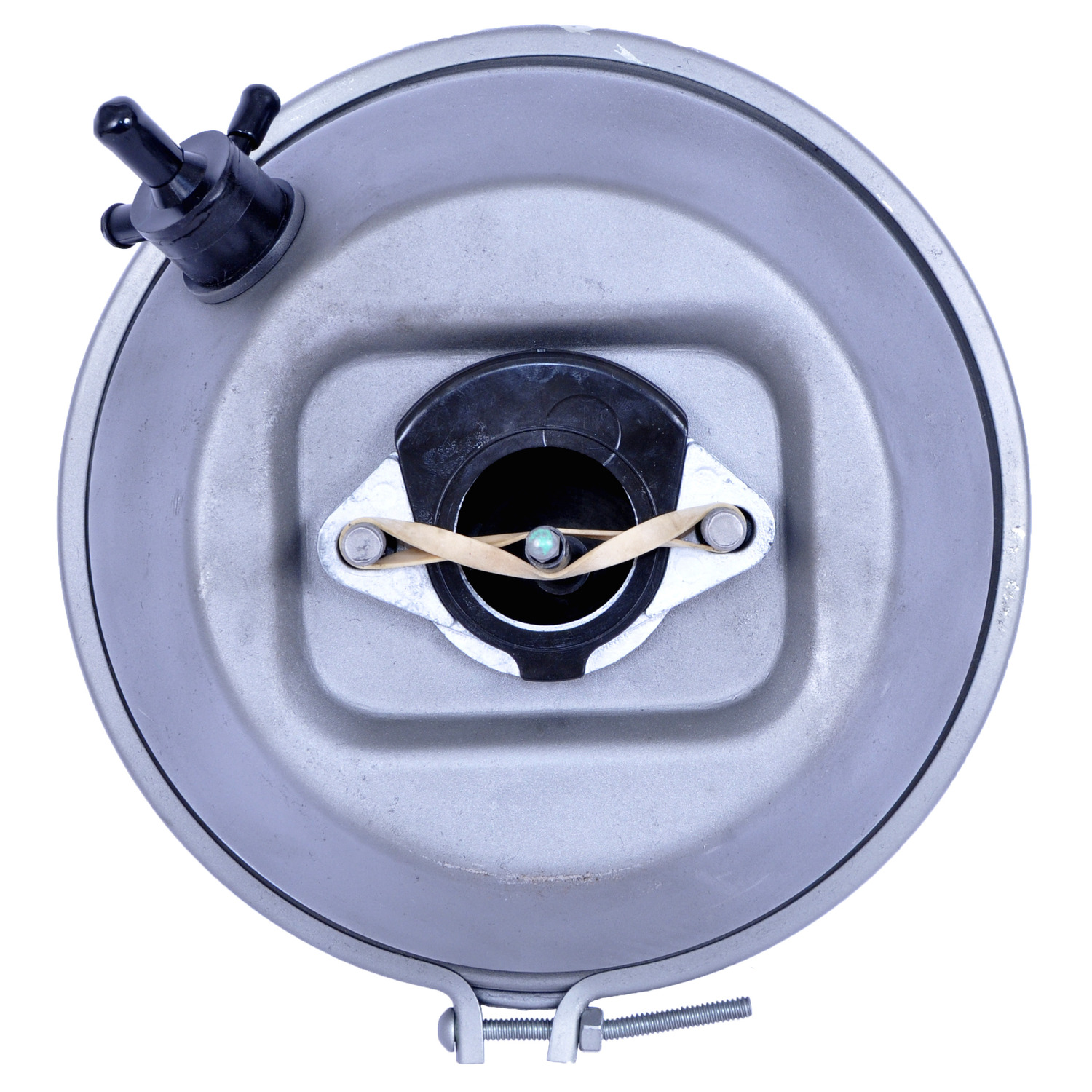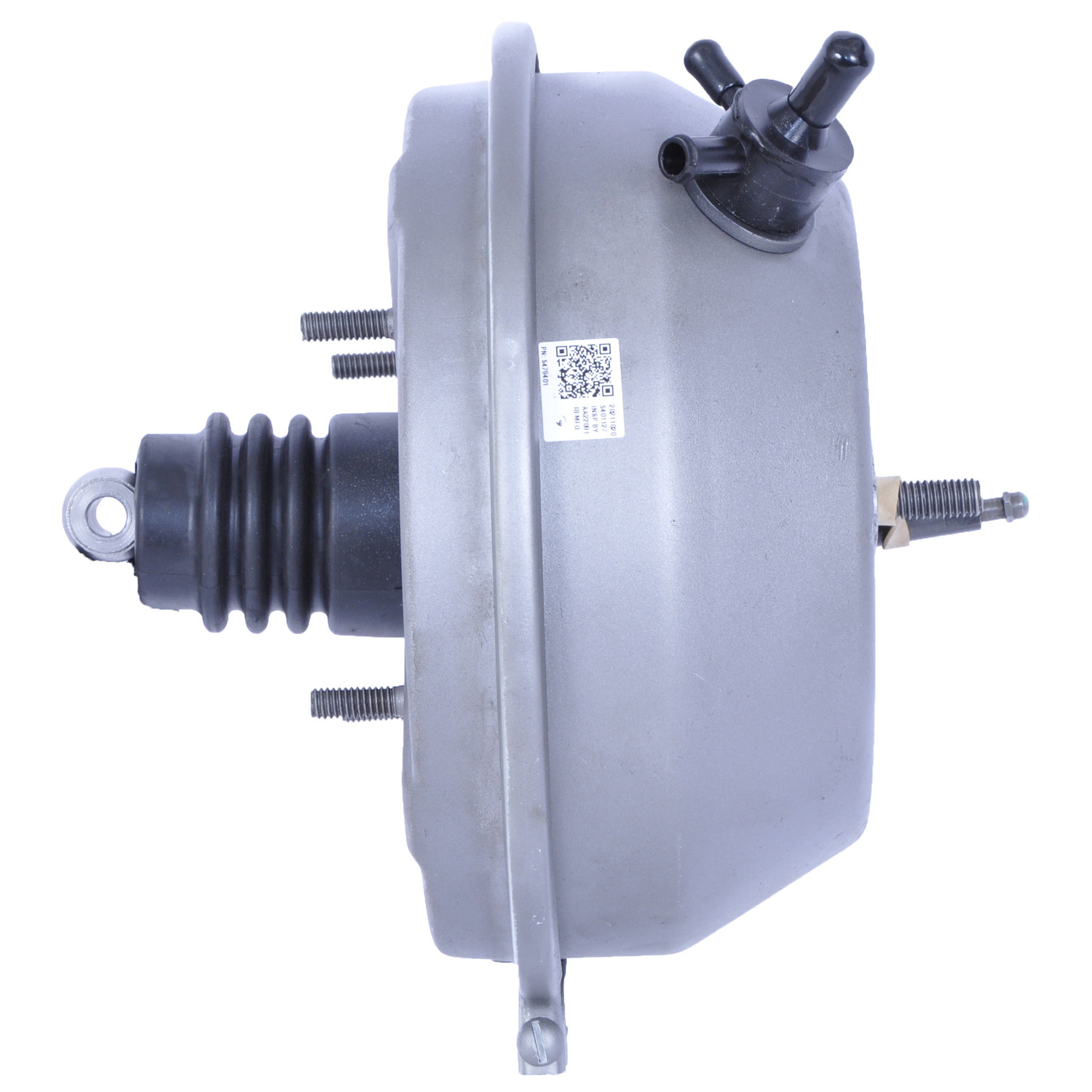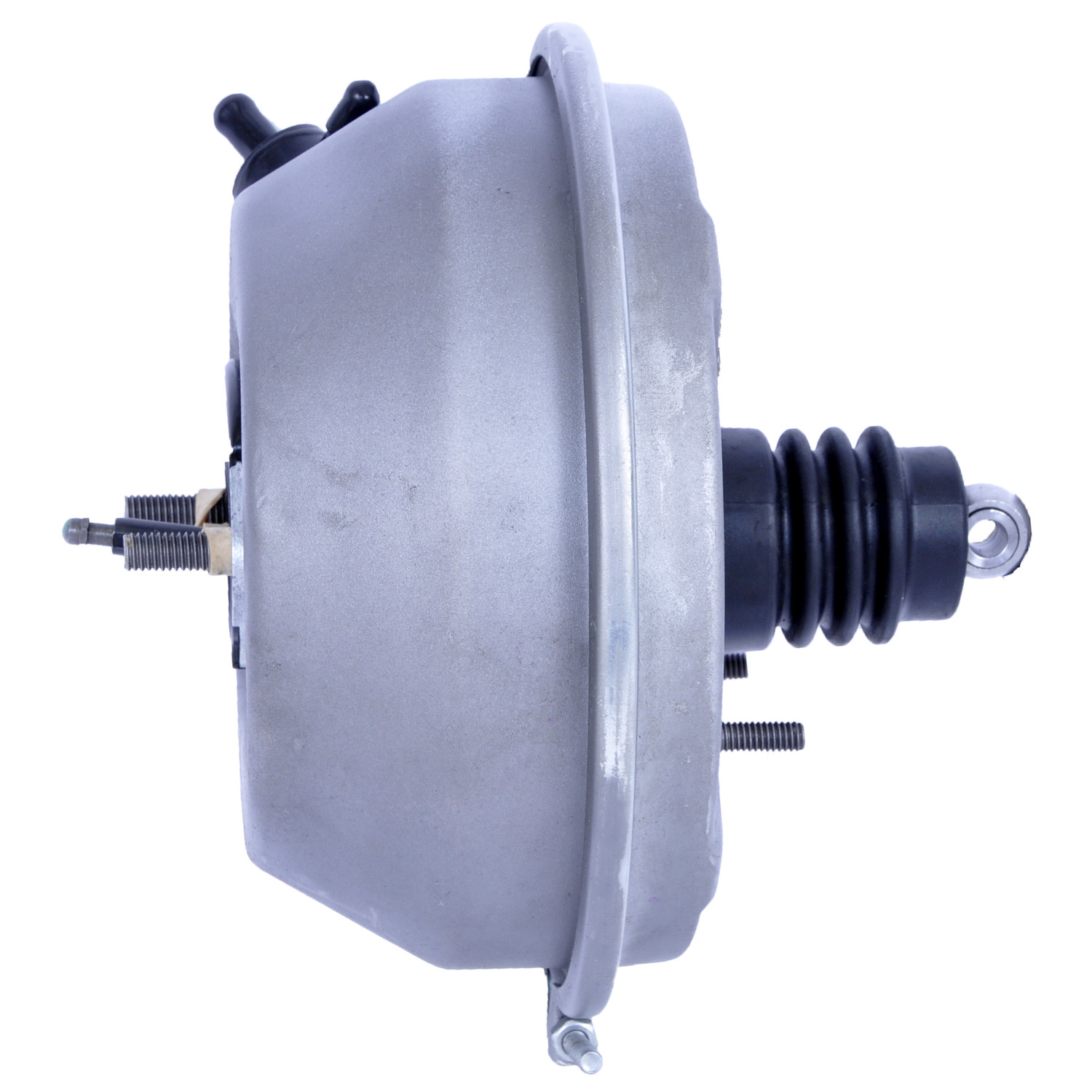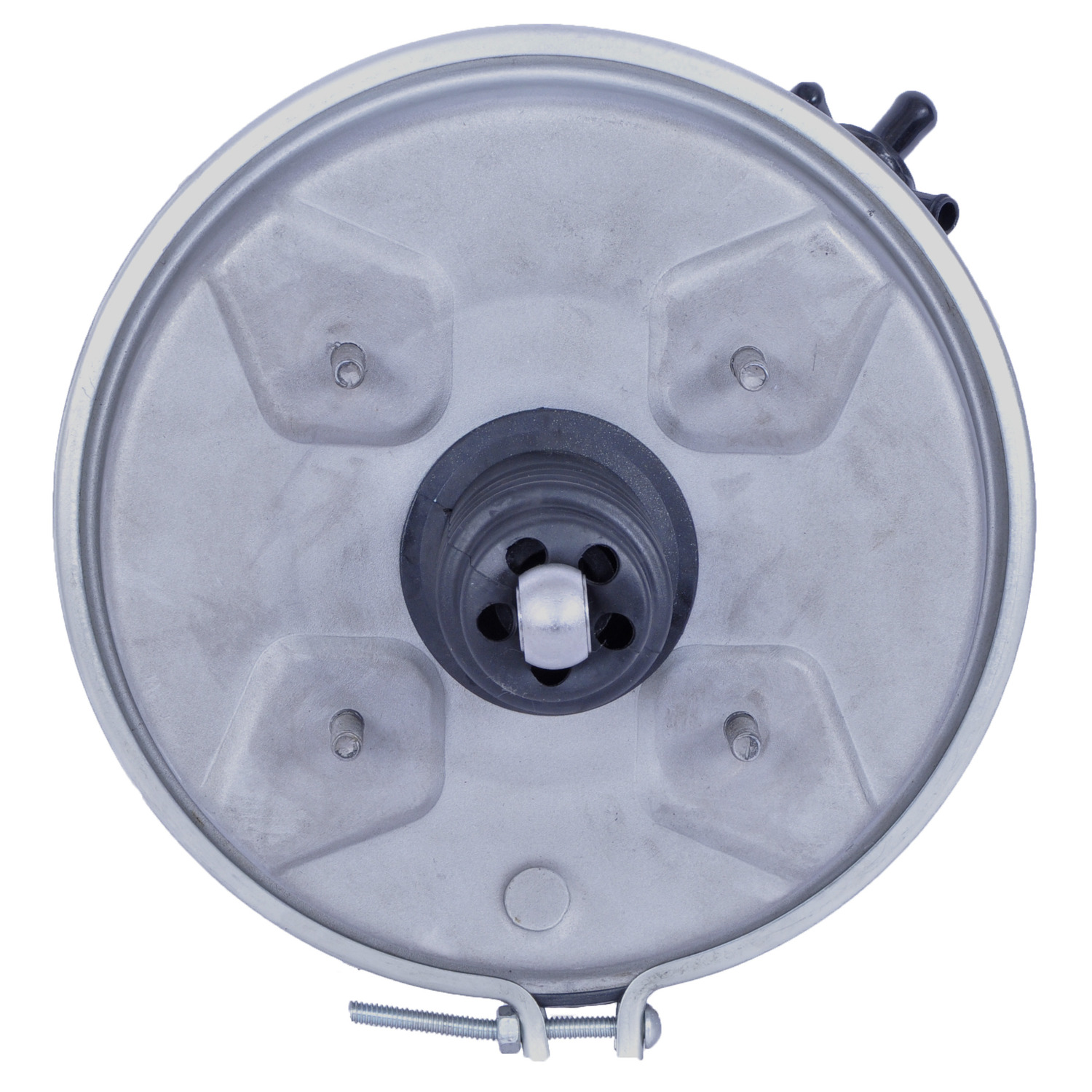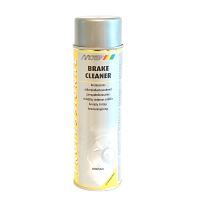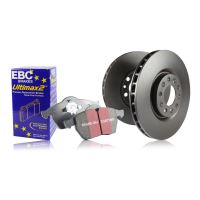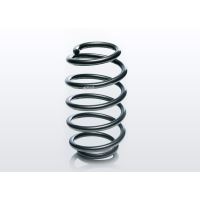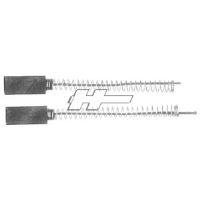
Hittat ett lägre pris? Vi matchar det!
Vår affärsidé är att erbjuda reservdelar och tillbehör av hög kvalité till det bästa priset på marknaden. Hos oss kan du därmed handla tryggt och säkert utan att oroa dig för att du betalat för mycket! I de fall du hittar ett bättre pris på någon annan webbshop återbetalar vi mellanskillnaden! Prismatchning gäller gentemot alla svenska aktörer inom en 30 dagarsperiod. Allt du behöver göra är att e-posta prisgaranti@hansenracing.se med länk till webbshoppen som säljer produkten till ett bättre pris. Följande villkor måste uppfyllas för att prisgarantin ska gälla om du redan köpt din produkt hos oss
1) Gäller samma märke och modell på den köpta produkten.
- Varan måste finnas i lager vid kontrolltillfället.
- Priset du angivit måste vara tillgängligt i minst 24 timmar under helgfri vardag.
- Gäller även kampanjvaror, förutsatt att kampanjen gäller för alla.
- Webbshoppen måste ha ett svenskt momsregistreringsnummer (VAT-nummer).
- Gäller i 30 dagar från köpedatumet.
- Gäller endast privatpersoner.
2) E-posta prisgaranti@hansenracing.se med ordernummer och länk till webbshoppen – bild godtas inte.
3) Vi undersöker informationen du givit oss och återbetalar mellanskillnaden när uppgifterna har verifierats. Kom ihåg att vi matchar det totala priset – det vill säga produktens pris inklusive eventuell frakt-, expeditions- och administrationsavgift. Om du ännu inte har köpt produkten
Har du information om att en annan webbshop har ett bättre pris på en produkt än Hansen Racing är det bara att skicka en länk som styrker det bättre priset. Ovanstående villkor måste dock gälla.
Kontaktuppgifter:
Skicka ett e-post till prisgaranti@hansenracing.se
C. Hansen Group AB förbehåller sig rätten att när som helst ändra villkoren för prisgarantin.
Nyligen besökta produkter
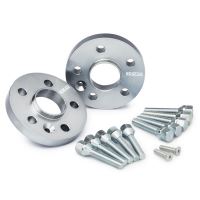
WHL SPACER 16m 4x98 - 58ID
 10 %
10 %
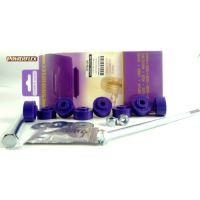
PWXPFF80-308
Kränghämmarbussning Road-Series
Front Roll Bar Mounting Bolt Bush. 2 st ingår i förpackning
Front Roll Bar Mounting Bolt Bush. 2 st ingår i förpackning
 10 %
10 %


